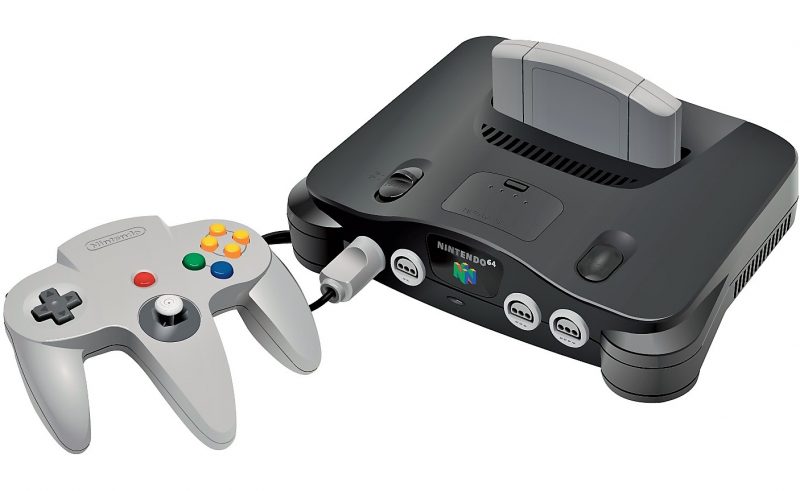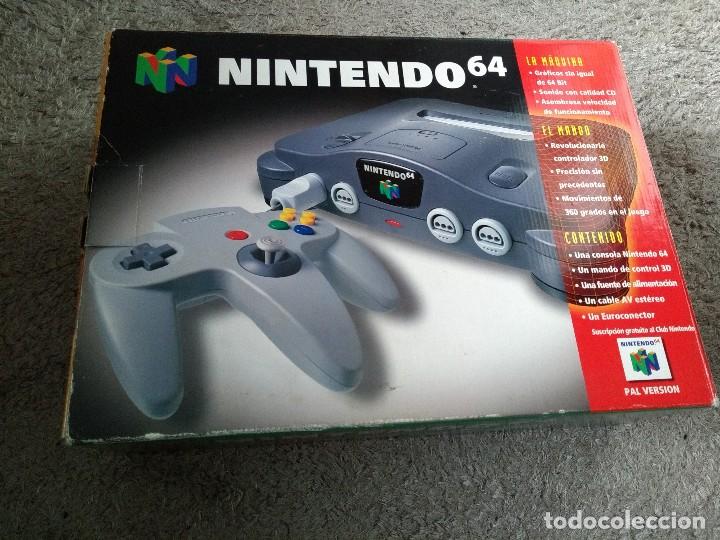
Each device can only be "low profile" or not more than 1 inch high. The Indy has 2 drive bays, one ontop of the other Each bay can hold a single 3.5 inch device, using narrow (50 pin ribbon cable) SCSI. The video options did include a video (NTSC) card, or an XZ graphics option, which gave you up to 4 geometry engines, but still had no texture memory. The Graphics Card sits above the motherboard, and you'll note that there are more connectors on the graphics board to carry a graphics daughterboard. Thus an R4600SC/133 is actually quite a bit snappier than the R4600PC/133.

A PC cpu only has Primary cache and the SC cpu has both a Primary cache and a Secondary cache. PC means Primary Cache, and SC means Secondary Cache. Sitting the CPU in it's own "bay" also allows air to get under the CPU module, which I assume aids in cooling. Thus, upgrading the CPU is as easy as plugging in a different module (though in many cases, you also have to change a PROM under the graphics card). The CPU sits above the motherboard in it's own little "module". This one has 8MB SIMMS for a total of 64MB. Each bank must be filled with the same density SIMM. The SIMMs are arranged in 2 banks of 4SIMMs. If I recall correctly, it can accept SIMMS up to 32MB, allowing the machine to be expanded to 256MB of RAM. The Indy uses standard 72pin True Parity SIMMs. From left to right you can see the power supply, the ram and CPU, the graphics card and the HD's. This one has a 133Mhz R4600 (check out the size of the heat sink!). I will attempt to describe the machine I have here, and hopefully, along the way, explain as much as I can about the hardware in general.

Graphics possibilities ranged from low end 8bit color to 24bit to 24bit with some 3D capability. Starting with the R4000, the processors moved up the range to also include the R4600, the R4400 and the R5000 (yes, the 4400 came after the 4600, I don't know why).

It was a low cost Unix workstation that excelled at 2D graphics (it's 3D capabilities were pretty minimal), was reasonable fast (even slow SGI systems seem fast because their graphics cards update the screen so quickly), and featured an ISDN port, a built-in camera, videoconfernceing capabilities, and all kinds of cool stuff. Marketed as a "cheap" Unix workstation, it was SGI's push to get people to use their machines for all types of graphics work, 2D or 3D.įor it's time, the machine is pretty revolutionary. When the Indy first arrived on the scene, it was tantalizingly close to attainable. SGI Indy / Silicon Graphics R4000 Architecture


 0 kommentar(er)
0 kommentar(er)
